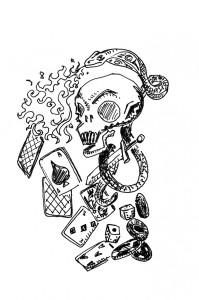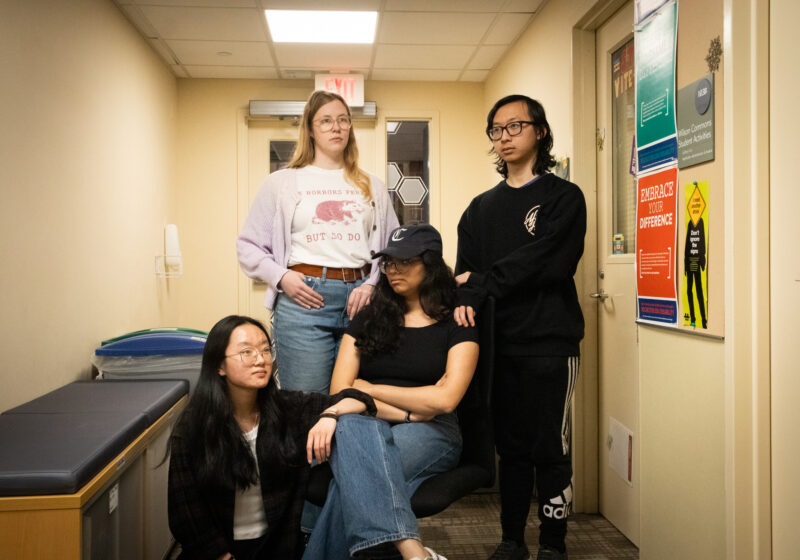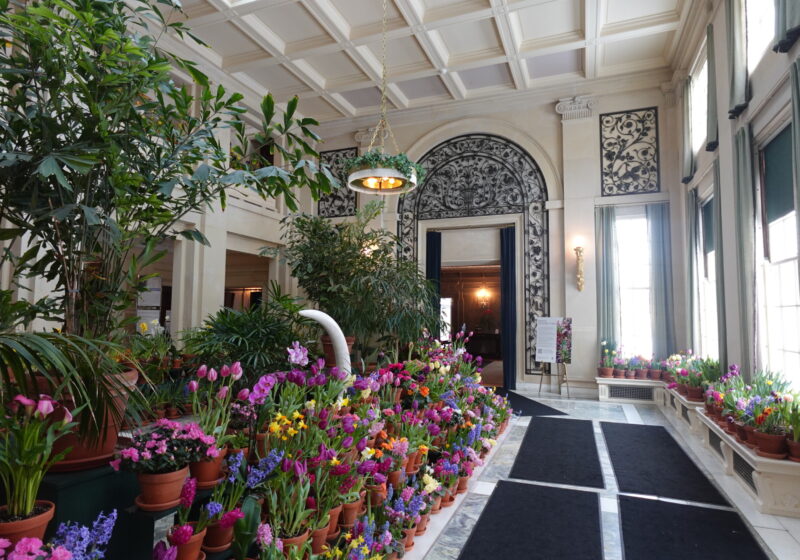We live in a society where art is exalted. Art serves as the ultimate record of our cultural progressions and societal intricacies. We regard art as the grand arbiter of our past, and we refer to it to learn about our ancestry. The visual arts, notably, command a great deal of respect in our culture — one might laud a Van Gogh or Picasso piece as a treasure, and many works have great monetary value in the world. Given all of these aspects of art in our society, it remains difficult to see why tattoos, a form of visual art in which the human body serves as the medium, are left in disdain. Many fail to see the beauty in tattoos, and label both the tattoo and the wearer as rebellious, attention-seeking, and camouflaged. Regardless of the wearer’s motive, however, tattoos must be given the same respect and attention as other forms of art. Clouding the tattoo with the wearer’s intent doesn’t do justice to the piece of art; just as one of Monet’s impressionist paintings may be subject to a myriad of interpretations, a tattoo can have many meanings.
I find that immediately brushing off a tattoo as a pretense is an injustice to the art. Often, there is meaning behind the ink people wear. Like with many other forms of art, searching for an interpretation of tattoos can be a fulfilling experience. There are various reasons people get tattoos: appreciating art; honoring a lost loved one; illustrating a life-changing experience; demonstrating love to a significant other; or revering religion and culture. Generalizing and diminishing one’s motives for wearing a tattoo to a stereotype entirely violates the way in which art is meant to be consumed.
As the adage goes, beauty is in the eye of the beholder. There are songs that some love and others despise; there are paintings that one finds inadequate and another finds masterful. Likewise, though one may not appreciate a tattoo, he or she should recognize that others see the beauty in it.
Moreover, tattoos share the same rich ancestry as many other art forms, appearing in various cultures and religions. In Christianity, the Knights of St. John of Malta sported tattoos to demonstrate allegiance to their faith. In Islam, henna is used traditionally for festivals and celebrations. In Hinduism, many women tattoo their faces with dots to ward off evil and heighten their beauty. Tattoos’ appearances in various cultures demonstrate how the art is intrinsically human; we long for ways to redefine and distinguish ourselves. A criticism of tattoos is a criticism of intrinsic human nature.
Though there remains a lingering disdain for tattoos, our society is changing to accept the art. Americans now spend $1.65 billion a year on tattoos, and our generation is beginning to welcome the practice.
In an age where gender roles are rapidly evolving, societal norms are being questioned, and social policies are being re-evaluated, we should accept the ancient art form that still doesn’t receive the appreciation it deserves. Tattoos are more than ink applied to the skin — they are a fundamental expression of the wearer. Just because the body is the medium, doesn’t mean the art form should be abhorred. If anything, the act should be praised, and we should recognize the value of self-expression through art.
Hinson is a member of the class of 2016.






